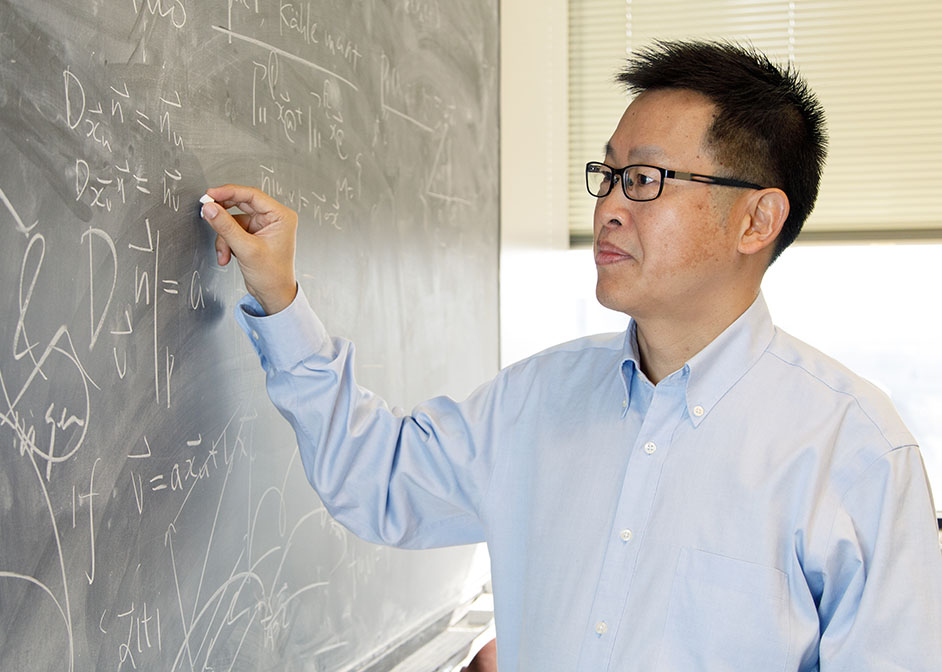- 02/13/2023 12:45:37 PMResearch Institute Awards Min Ru a Diophantine Geometry Research ProfessorshipMathematics professor to join four-month program at the Mathematical Sciences Research Institute.https://www.britannica.com/science/Fermats-last-theorem
 Mathematics
Mathematics
